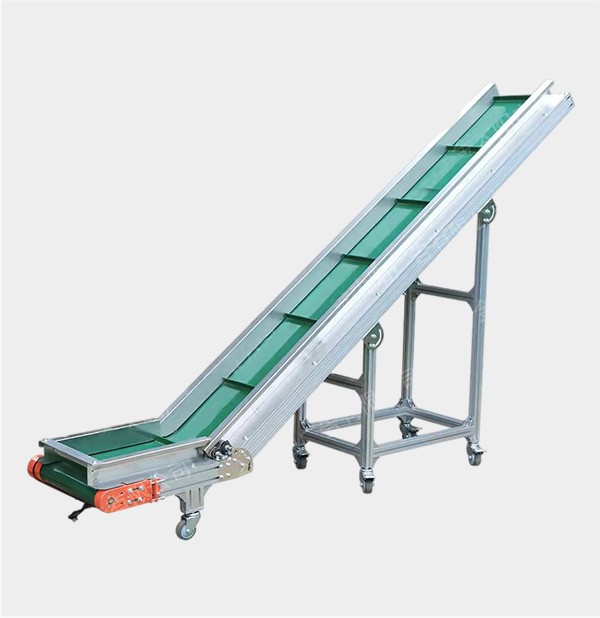Robotics and automation are already heavily integrated into injection molding, as in every other manufacturing process, offering several advantages. The number of sold injection machine robot increased from 18% in 2010 to 32% by the first quarter of 2019, according to European Plastics Machinery Organization, EUROMAP.
This trend reflects a shift in mindset, with many plastic injection molders adopting robots to gain an advantage over their rivals. Without question, there has been a significant upward trend in the employment of robots and automation in processing plastics.
The need for more adaptable solutions is a significant factor; 6-axis industrial robots for precision molding, for instance, are unquestionably more prevalent today. The cost difference between standard injection molding equipment and one with robotics attached has significantly decreased.
They also have many advantages and are much simpler to use, integrate, and program. In the following paragraphs, we’ll discuss the key benefits that robots bring to the plastic injection molding sector.
- The Robots Are Easy To Operate
Robots used in injection molding operations are simple to set up and operate. A professional programming team should have little trouble programming the robots to work with your current injection molding equipment in the beginning. After connecting the robots to your network, the next step is to program the robots with the necessary instructions to begin doing the tasks and seamlessly integrate them into the system.
The main reasons businesses try to refrain from integrating robotics into their operations include the following:
- Ignorance.
- A fear that the robots would be difficult to operate.
- Additional costs are associated with finding a qualified programmer to operate the robotics.
That is untrue since robots are relatively simple to handle once fully integrated into the injection molding system. An ordinary production worker with a solid mechanical background may operate them.
- Perpetual Work
As you probably well know, injection molding is a repeated process that aids in producing the same or similar goods with each injection. Injection molding robots offer the ideal answer to ensure that your personnel are no longer worn out by this boring activity, making them more likely to make mistakes at work or even hurt themselves.
In the end, the robots assist in automating the task and essentially remove it from the hands of humans. In this manner, the business can continue manufacturing its essential goods only through machinery while concentrating its human workforce on driving sales and boosting revenue.
- Faster Return On Investment
End-users should choose a robotic injection molding solution for various reasons. It includes dependability, reproducibility, astonishing speed, multitasking capacity, and long-term cost benefits. The capital cost of injection molding equipment with robots is significantly more inexpensive for many plastic component manufacturers, which undoubtedly helps to justify the return on investment.
The company’s output will rise due to being able to produce around the clock. Furthermore, a single CPU in today’s industrial robots won’t just be designed for one use; it can be rapidly reconfigured to suit a different product.
Wrapping Up
It’s no surprise that robotic automation offers plenty of benefits for a wide range of applications, including injection molding. The incredible variety of reasons injection molding producers turn to robotics is undoubtedly justified, and be sure that this industry will never stop improving our world. If you want to integrate robotics into your factory, you can contact Kefan Robot.


